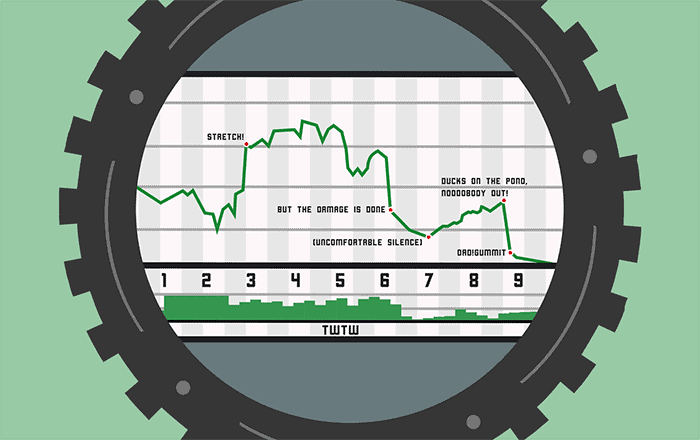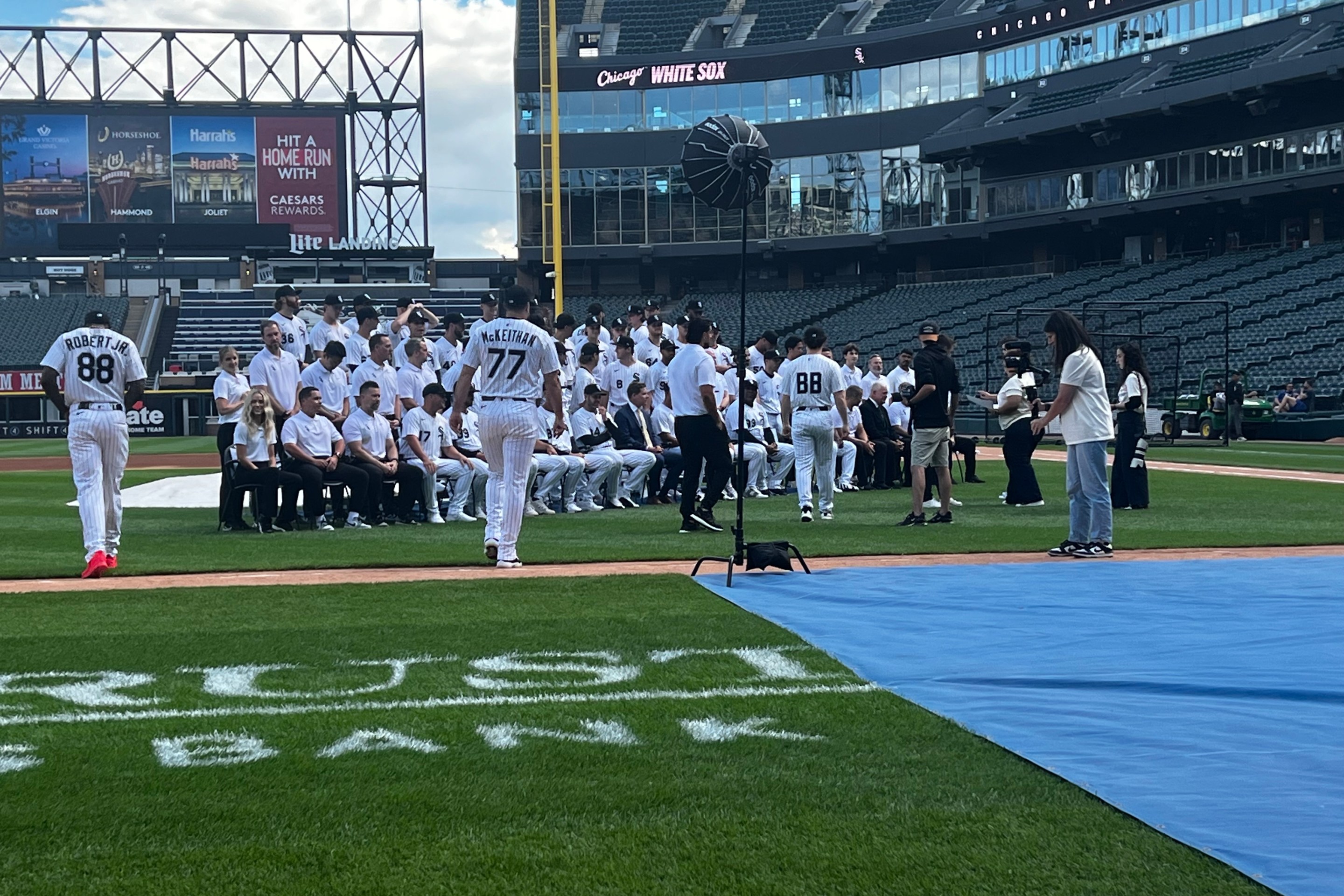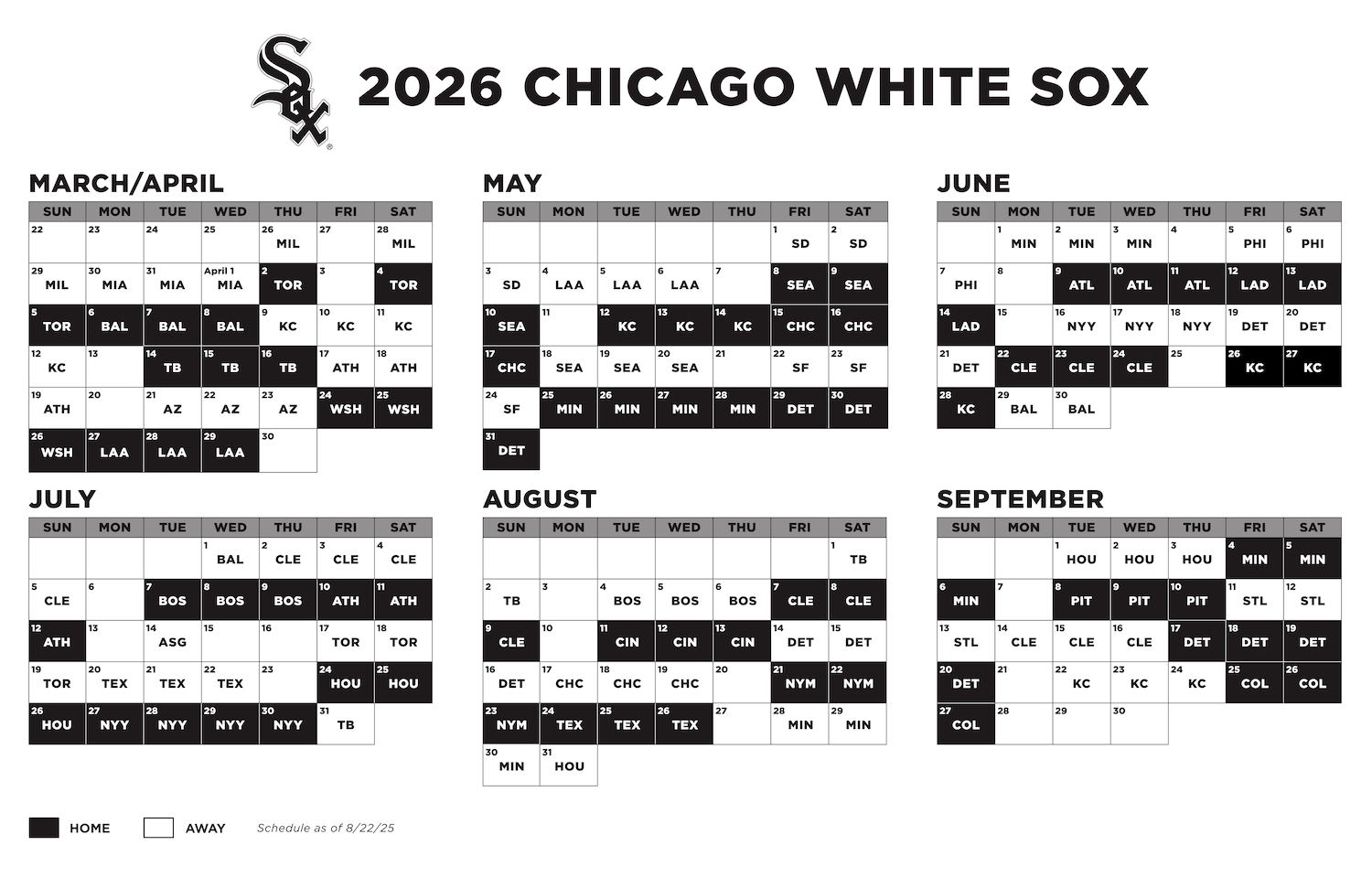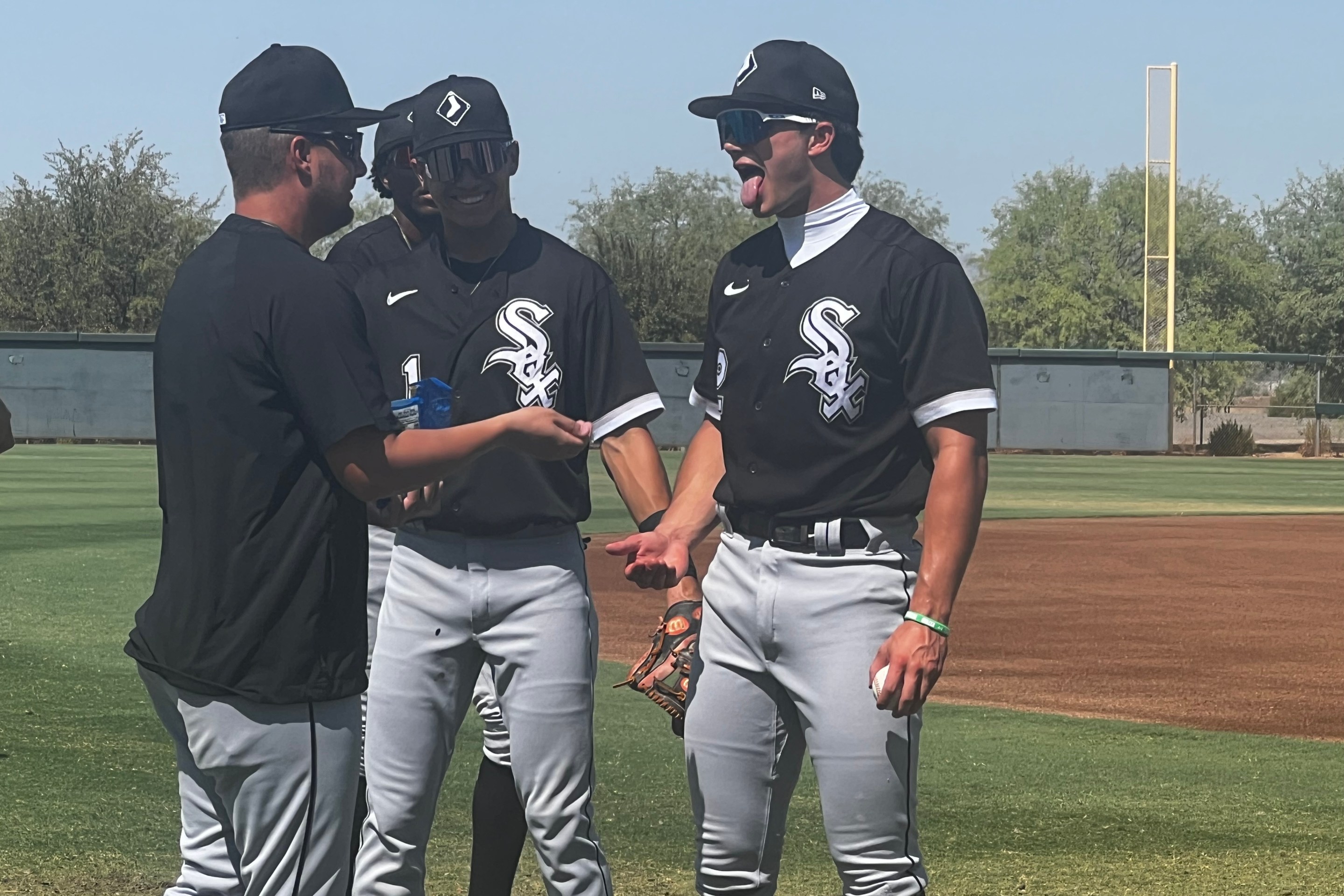Back when the White Sox signed Aaron Bummer to a five-year, $16 million extension with two club options right before the pandemic shut everything down, we took a journey through the White Sox's history of extending relievers and found that most of the juice hadn't been worth the squeeze.
The injury-wracked end to Nate Jones' White Sox career showed the risk of such extensions. The financial commitment is more or less a drop in the bucket; the bigger toll is the cementing of a roster spot that might be better left fungible.
I’d be more excited about the deal, but the history of White Sox extensions for their own relievers is rough. They don’t do it often because they aren’t a factory for sustainable, high-octane arms, and the deals they’ve gotten done are pitchers whose big payday is a story of survival, and whose subsequent career is more about hanging on. [...]
I can buy [Zack Britton comps]. But I also bought into Jace Fry‘s success in 2018 as fixture material, and his 2019 season was just short of disastrous. That’s why I was ambivalent about keeping Bummer, at least assuming the White Sox had other credible ideas for his innings. For one reason or another, the relievers the Sox build from the ground up tend to have shorter shelf lives.
Bummer has certainly lived down to those fears, faithfully following the path of the Jones after his extension.
To refresh memories, the White Sox signed Jones to a three-year, $8 million contract extension with three club options after the 2015 season. It immediately looked like a steal when he posted a 2.29 ERA over 71 games with the White Sox in 2016, but injuries limited him to a little over 40 innings the following two years.
He finished that 2018 season strong enough for the White Sox to try one of those club options, but he didn't make it out of April before he required season-ending surgery. They ended up trading him to Texas with international money to avoid paying a $1.25 million buyout.
Like Jones, Bummer earned the commitment initially with his own impressive 71-game sample (3.15 ERA, 2.79 FIP). That covered 2020 and 2021, although thanks to the 60-game schedule in 2020, he left maybe only 10 appearances on the table.
The returns have greatly diminished since. He missed months in 2022 due to a lat strain, which also hampered him during the spring training that followed. If it were still dragging him down right now, it wouldn't be a surprise, given that he has a hi-def 10.80 ERA. Bummer occasionally suffers from the bad luck tied to the weakest contact, but he's earning most of his misfortune this time around, especially when it takes him multiple batters to dial in his command.
The White Sox just released Jake Diekman, and now fans are wondering whether any clock is ticking on Bummer. He's roughly owed $9.5 million over the remainder of his term -- $2.8 million or so this year, $5.5 million for 2024, and then a $1.25 million buyout -- which is about three times the size of Diekman's lump sum.
But that talk seems premature, if only because Bummer also has an option remaining, according to FanGraphs' Roster Resource. The Sox can replace Bummer with Garrett Crochet at some point this month and frame a Bummer demotion as a rehab stint of sorts, especially if that lat issue truly hasn't been fully resolved. That option usually isn't available for such DFA candidates, so they may as well explore that particular luxury.
(Diekman is joining Tampa Bay on a major-league deal, which either means they see something they can fix, or they see somebody who can sop up appearances for two or three weeks as part of their very active reliever recycling program. For Ethan Katz's sake, let's hope it's the latter.)
Still, the fact that we're even discussing this shows how far Bummer has fallen, and how eyewashy reliever extensions appear to be, especially among setup men. There's a better argument for locking up closers, if only because save totals can severely warp arbitration trajectories, but Bummer and Jones show that even such plus-sized needles are difficult to thread. Relievers have to be really good for a really long time in order for such long-term forecasting to pay off, and if they come up well short of those goals, then there's a lot more sweat and agony involved in letting go.
And while an extension like Bummer's is small potatoes compared to what the White Sox haven't received on far more sizable commitments to Yoán Moncada and Eloy Jiménez, it nevertheless adds to the number of roster spots that can't be turned over without selling at a considerable loss. Eating a contract here and there can be smart business, but eating one contract after another shows how some of the smarts should show up before future money and roster spots are allocated.






